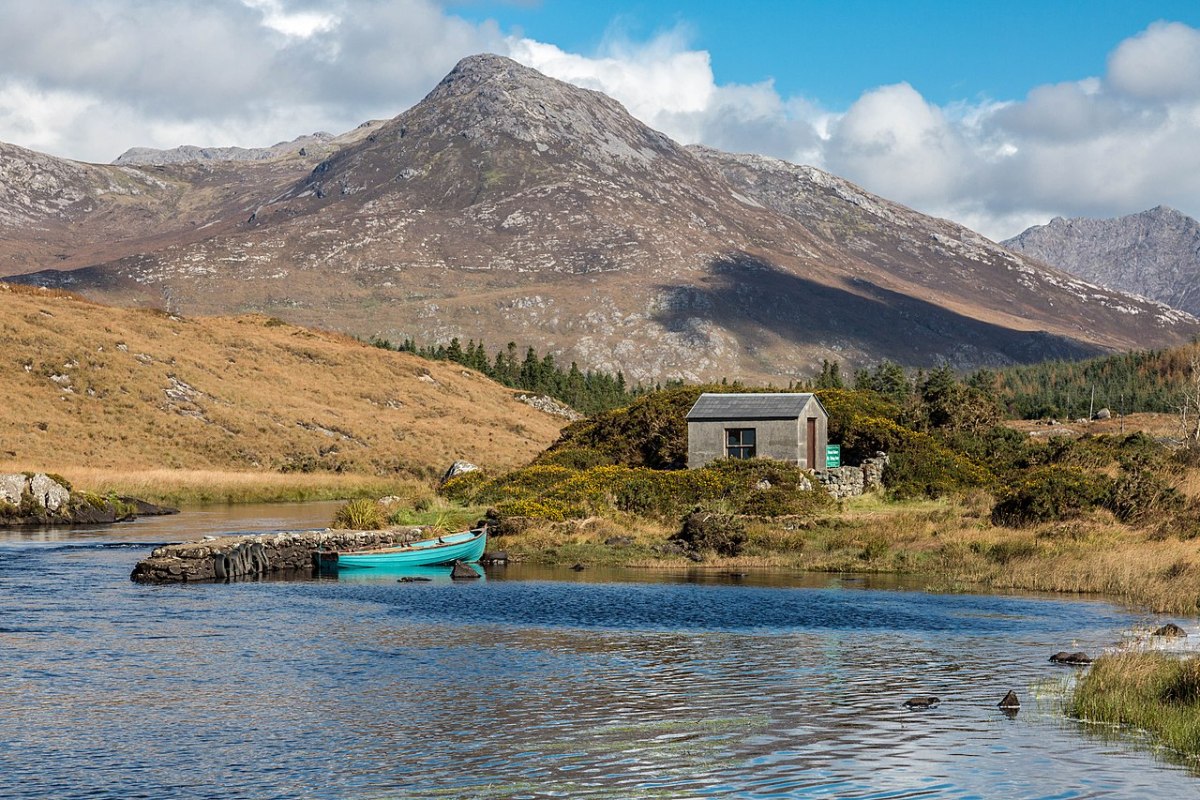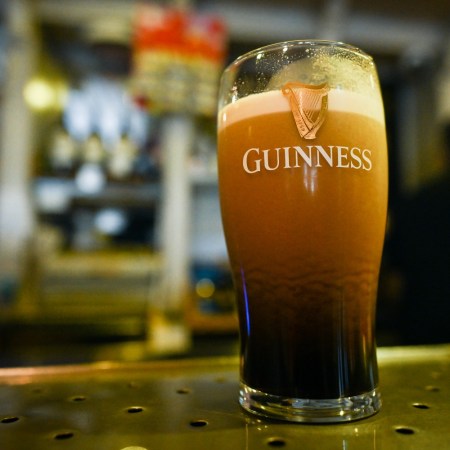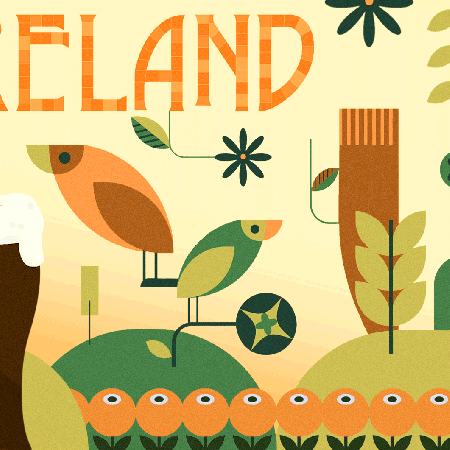Connemara, located in western Ireland, is known for scenic landscapes, historical structures and for being home to a significant number of the nation’s speakers of the Irish language. Whisky drinkers may also recognize it as the namesake of the Cooley distillery’s Connemara 12, notable for being one of the smokiest whiskeys you’re likely to find made in Ireland.
But Connemara is also home to a host of mysteries — including the question of what happened to the people who first gave the region its name.
Now, Literary Hub has published an excerpt from Tim Robinson’s book Listening to the Wind, in which the author explores the history of Connemara — and endeavors to uncover what happened to its earliest residents. “[A]lthough I believe that right living in a place — as I try to live in Connemara — entails a neighborly acquaintance with those who lived there in previous times,” Robinson writes, “I have found out so little about the very people who gave Connemara its name that to me they are ghosts faded beyond all recognition.”
Robinson explores the history that is available about the Conmaicne Mara (or “Conmaicne of the Sea”), who began settling in the region in around the year 500 A.D. He notes that some traces of their presence there remains: “there are traces of other lake dwellings not far away, including one visible after droughty weather as a circle of stones in Ballinafad Lake, a mile to the east, another in Loch Caimín and a third in Lough Inagh.”
What happened to displace them, then? Robinson cites the Norman Conquest, which forced the O’Flaherty clan into Connemara — and in turn resulted in the exit of the Conmaicne Mara.
The excerpt abounds with fascinating historical details and glimpses of centuries-old structures; reading it may well inspire you to book a trip to Ireland, or at least order a copy of Robinson’s book for more insights into unexpected avenues of history.
Subscribe here for our free daily newsletter.
Thanks for reading InsideHook. Sign up for our daily newsletter and be in the know.


















